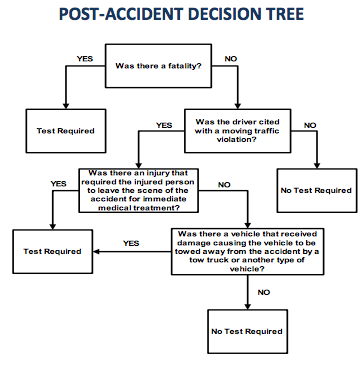Overview
The barbiturates (“downers”) class of drugs are central nervous system (CNS) depressants known as sedative-hypnotics. In small doses they reduce anxiety and induce sleep, while larger doses can bring on unconsciousness and even death. Throughout the 1960s and1970s barbiturates were widely prescribed for insomnia, but they have been replaced by benzodiazepines—such as Xanax and Valium—as these are much safer.
The common drugs in this class are Amytal Sodium, Butisol Sodium, Luminal, Nembutal Sodium, Phenobarbital and Seconal. The drug methaqualone, marketed as Quaaludes, is a barbiturate-like sedative-hypnotic initially developed as a “safer” alternative to barbiturates, but is not technically a barbiturate itself. Barbiturates are considered to be a dangerous class of drugs because the dose that causes sedation is perilously close to the dose that causes coma and death; this is referred to as a low therapeutic window.
Effects
Barbiturates are abused for their inebriating and euphoric effects; many people describe the “high” of low doses as similar to that of mild alcohol intoxication. Less desirable effects can include memory loss, impaired thinking and respiratory depression, which can progress to respiratory arrest and death.
At higher doses a person may exhibit slurred speech and loss of coordination similar to the effects of a high level of alcohol intoxication. Hostility and anxiety are common effects of larger doses, as is difficulty staying awake.
Signs and Symptoms of Abuse
When regularly abusing barbiturates a person may show signs of agitation and irritability, slurred speech and the inability to think clearly. Reckless and violent behavior are commonplace, as is drowsiness and dizziness.
Physical symptoms of barbiturate abuse include frequent infections, especially in the respiratory tract, decreased blood pressure, high fevers and kidney problems.
Incidence, Prevalence and Trends in Use
The use of barbiturates has been decreasing since the late 1970s. According to Science in Context, beginning in 2000 barbiturate use had declined so significantly that researchers no longer compiled separate statistics for the drug. Barbiturates were instead placed in the sedative category that included tranquilizers.
There is a dearth of statistical data for this class of drugs, but it is known that approximately 9% of individuals in the United States will abuse a barbiturate during their lifetime. Although some barbiturate medications are still prescribed to treat seizure disorders, overall use continues to decline.
If you’re interested in finding out more about barbiturates or other drugs, or if you have questions about drug testing, please contact us.

